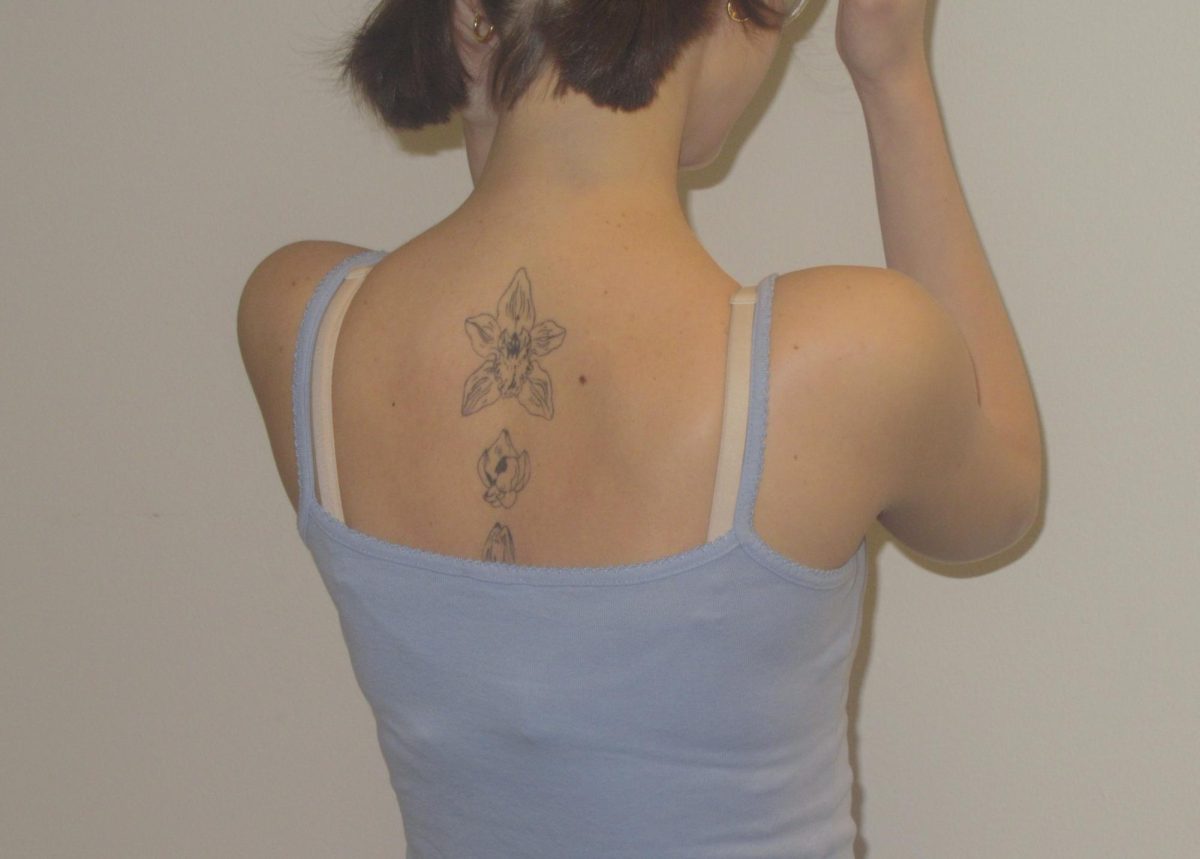Women’s and men’s magazines attempt to reach their audiences with headlines, articles, photos and celebrity features that catch the eye of the consumer and promise to improve the readers’ lives through useful advice and information.
But how useful are these magazines really? The substance of these types of magazines may inform the public on “tips” for job interviews, career moves and self-care, but how accurate, honest and helpful are they? What are their motivations?
Men and women are sexualized on the covers and in the content of magazines for the sole purpose of turning a profit and appealing to the shallow attraction of consumers who accept magazines’ body standards and trends.
Some of the most recognizable lifestyle magazines for women today are Cosmopolitan, Self magazine, Elle, Vogue, InStyle, Vanity Fair and Women’s Health. These magazines are entertaining and are heavily weighted on content revolving around diet tips and fashion trends.
It is not just women’s magazines that do this, men magazines like GQ Magazine, Men’s Health Magazine, SWAGGER Magazine, Maxim Magazine and Esquire predominantly feature perfectly sculpted athletes and models with bold headlines that read “Get Back in Shape!,” “Six-Pack Abs,” “Your Best Summer Body” and “Shred Your Gut!”
Lifestyle magazines like Cosmopolitan and GQ hand out advice to women and men that promises guidelines and directives to better bodies, sex lives and fulfillment in life.
Men’s Health is a massively popular men’s magazine worldwide, known for its reporting on health, sex, fitness and fashion. In 2016, Cision’s media database reported that 1,817,673 copies were sold worldwide.
While other magazines like Time and National Geographic produce less individualistic subject matter, Cosmopolitan and GQ are cemented in columns that detail the importance of one’s sex life and physical qualities. This illuminates the importance that such features have attained in society as being defining features of human beings.
These articles are highly personal and speak directly to readers, emphasizing the importance of our attractiveness as the main constituent of where we stand in society. They exist only to profit off of insecurities and unhealthy societal norms, not to provide any substantial benefit.
In March of 2018, Walmart announced they would no longer be selling Cosmopolitan in the aisles of checkout, where it lay in full view for customers to see.
The executive director of the National Center on Sexual Exploitation, Dawn Hawkins, said that this decision was reached because the group takes issue with the magazine, and believes its presence hurts customers perceptions of women, as the magazine “places women’s value primarily on their ability to sexually satisfy a man and therefore plays into the same culture where men view and treat women as inanimate sex objects,” Hawkins said.
Cosmopolitan is known for its provocative layouts that feature actresses and celebrities with minimal clothing and catch phrases on the cover that read “HOT SEX SKILLS,” “How to give and receive pleasure!” and “Total Body Sex!”
You don’t need to open Cosmo to see these provocative headlines and therefore receive the unhealthy associations women and men have regarding sex and the value of women in these roles.
Data from a five year study (1999-2004) sourced by The American Academy of Pediatrics showed that the odds of engaging in unhealthy weight-control behaviors (such as fasting, skipping meals and smoking more cigarettes) were twice as high for the most frequent readers of magazines compared with those who did not read magazine articles about dieting and weight loss.
Overall, the study found that, “findings from this study suggest a need for interventions aimed at reducing exposure to, and the importance placed on, media messages regarding dieting and weight loss.”
In this process, objectified men and women are deemed the “standard,” therefore making them less human and highly sexualized and casting a sad shadow over individuals that resemble none of their airbrushed, sculpted traits.
Magazines create unrealistic beauty standards and do not take full responsibility for the toxic effects they have on consumers because they are more concerned with turning a profit though consumers self-doubt, than actually elevating their current mental disposition and confidence.
Women and men are both pressured by lifestyle magazines to have shredded abs and toned arms by summer. The supposed expectation that all men and women can look a certain way makes readers feel inadequate when their body type inevitably fails to reach the levels of perfection that magazines sell.
No matter the person or gender, they are still being objectified and used to turn a profit.
Men and women are used to sell products by promoting sex, though women are objectified more predominantly and are posed to portray a particular image of sexiness. In this way, women are used for profit that ends up degrading their worth because it only praises one aspect of their being: their body.
Magazines promote sex, health, success and love to get consumers to pay attention and feel interested enough to read on. Magazines make their profits by branding advice and suggestions about our lives, and speaking directly to the insecurities we walk around with.
They succeed in selling us things, images and personas because they ultimately know what our insecurities are, and craft solutions that promise the ultimate fix and fulfillment.
It is time that more people follow in Walmart’s footsteps and take a stand against the saturated commercial objectification in our media market. It is time to see this content for what it is, a quick buck made off of exploitation of the bodies of others, the the minds of the public.

















































































